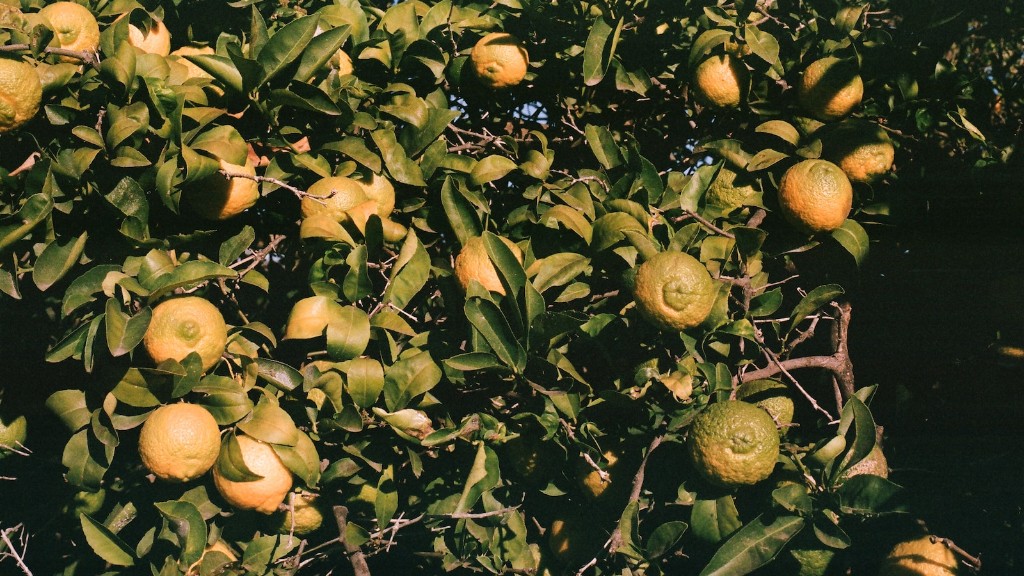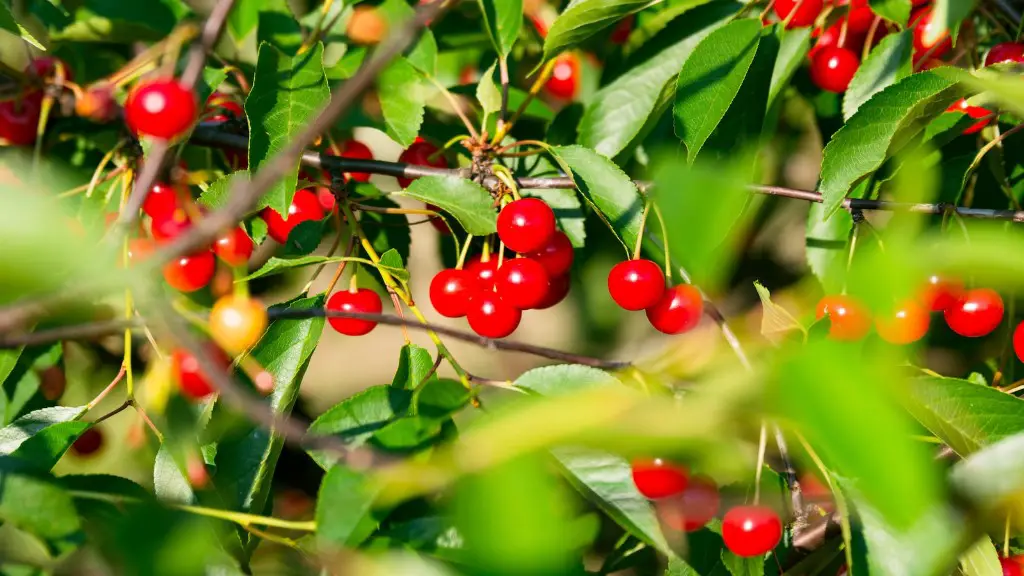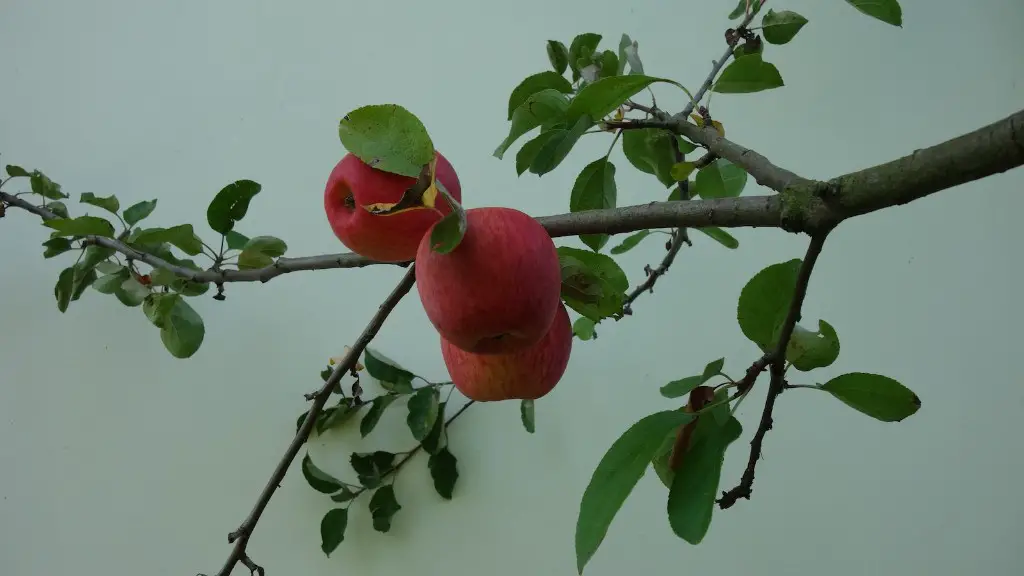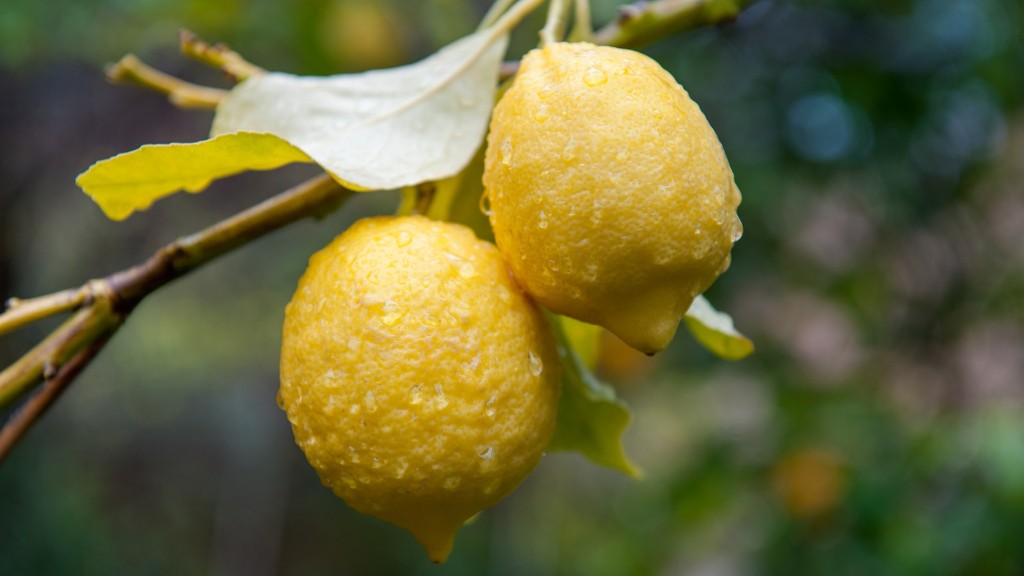Pruning a lemon tree sapling is a great way to shape the tree and encourage growth. It requires a few basic tools and a lot of care in order to get the best results. Here’s how:
First, assess your lemon tree sapling and determine which branches should be trimmed. Aim to create an open and symmetrical structure that allows light and air to pass through; it’ll also help the tree bear more fruits. Remove dead, damaged, or infected branches and any that are growing inward.
Then, it’s time to start pruning! Depending on the size of your sapling, you’ll need pruning shears or a lopping saw. Make sure the tool is sharp to get a clean, precise cut. When pruning, focus on the new growth. That means cutting back the current season’s woody growth that’s still young and green. Make your cuts clean and sharp, just above a bud and at an angle. This’ll ensure that the tree grows in the desired direction.
While pruning, it’s important to keep in mind that lemon trees require some leaves; it’s their way of producing energy. That’s why it’s important to avoid too much pruning. Keep your tree healthy by removing stems and branches that appear dead or damaged. Generally speaking, don’t remove more than ⅓ of the tree’s canopy.
The next step is to clean up! Cut off any of the remaining stubs and shape the edges of the sapling. Also, head back any branches that grow straight up. If there are any branches that need to be removed, cut them back to the trunk. Don’t leave any long stumps; use the lopping saw to level the trunk if necessary.
Finally, use wood preservative on the trimming cuts. This’ll help to prevent any bacterial or fungal infections from spreading. Lemon trees don’t need a lot of fertilizer, but it’s a good idea to apply some during early spring for best results.
Pruning a lemon tree sapling may require some effort and patience, but it’s well worth it. Taking proper care of your tree will ensure its health and help it produce more fruits.
Maintaining a Lemon Tree
Once your lemon tree sapling is pruned, proper maintenance is key. This means monitoring your tree for any signs of pests, disease, or damage, and correcting any issues accordingly. Keep an eye out for any stem dieback or yellowing leaves.
Besides keeping an eye on your tree, proper watering is essential. Try to avoid overwatering, as that’ll encourage root rot. It’s best to water your lemon tree at the base, usually twice a week in the hot summer months. Reduce the frequency of watering in the winter, but keep an eye on the soil; if it feels dry, water lightly to ensure the tree stays moist.
It’s also important to keep the soil from getting too soggy. Be sure to use well-drained soil and provide adequate air circulation between the leaves. During summer, your lemon tree may require more humidity; in dry climates, you may need to mist the leaves every few days.
Fertilizing is usually only necessary during autumn and winter, when growth slows. Lemon trees can suffer from iron or zinc deficiencies, so it’s best to use a slow-release fertilizer that has micronutrients for best results.
Finally, prune your lemon tree throughout the year. Be sure to use sharp pruning shears and sterilize them between cuts and sterilize them with rubbing alcohol. Trim any new growth and branches that appear diseased, damaged, or dead.
Protecting Your Lemon Tree from Pests
Unfortunately, there are a wide variety of pests that like to snack on your lovely lemon tree. To protect your sapling, it’s best to start with preventive measures. These include regular monitoring, since early detection is key.
Another great way to prevent pest infestations is to tidy up your tree. Remove any fallen leaves and debris because they may bring unwanted guests. Prune away any damaged or dead limbs as well; this’ll help to keep your tree healthy.
In addition, try to keep the tree away from any other plants that may attract pests. Lemon trees are particularly susceptible to aphids, mealybugs, mites, and scale insects; these pests are known to feed on the nutrition of the leaves and bark, so it’s important to monitor the tree regularly and take appropriate action when needed.
Some of these pests can be dealt with easily; introducing beneficial insects like ladybugs, lacewings, and predatory mites can help to eliminate the pests. If the infestation is too severe, insecticidal soap is a natural way to tackle the problem; it’s also safe for animals and humans.
Finally, if your tree is infected with disease, it’s best to prune away the affected parts. Citrus trees are prone to a variety of diseases, so if you find any blight or mold, be sure to take immediate action.
Harvesting Lemons
Harvesting lemons when they’re ripe is important for the best taste and quality. However, it’s not easy to tell when lemons are ready to be picked; they tend to ripen gradually and can stay on the tree for months.
The best way to tell when your lemons are ripe is to use the “gently pull” method.
Gently tug on one of the fruits; if it comes off easily and yields to pressure, it’s ready to be picked. It’s also important to check for color; the fruit should be a light yellowish-green shade before harvest.
Once you’ve picked your lemons, it’s important to store them properly. The best way to do this is to wrap them individually in paper towels and store in a tightly sealed plastic bag in the refrigerator. This will help keep them fresh for weeks.
Overall, harvesting lemons when they’re ripe is key for the best texture and taste. Use the proper techniques and store them correctly to get the most out of your lemon tree sapling.
Storing Your Lemons
Storing your lemons is also important in order to preserve their quality. The best way to do this is to put them in a cool, dry, dark place for up to 3 months. Plastic containers with lids are ideal for this purpose, as they keep out moisture and light.
If the lemons are to be stored for longer than 3 months, you can freeze them. To do so, slice them into 1-inch pieces and freeze on a wax paper-lined tray. Once frozen, store in a freezer-safe container and enjoy them for up to a year!
Lemons are incredibly versatile and can be used for a variety of dishes. Try adding them to salads or baking some zesty lemon-flavored treats. Lemons are also excellent for marinades or to make some cool, refreshing drinks.
In order to get the most out of your lemons, it’s important to store them properly. With a little effort and patience, you can enjoy their delicious flavor all year round!





